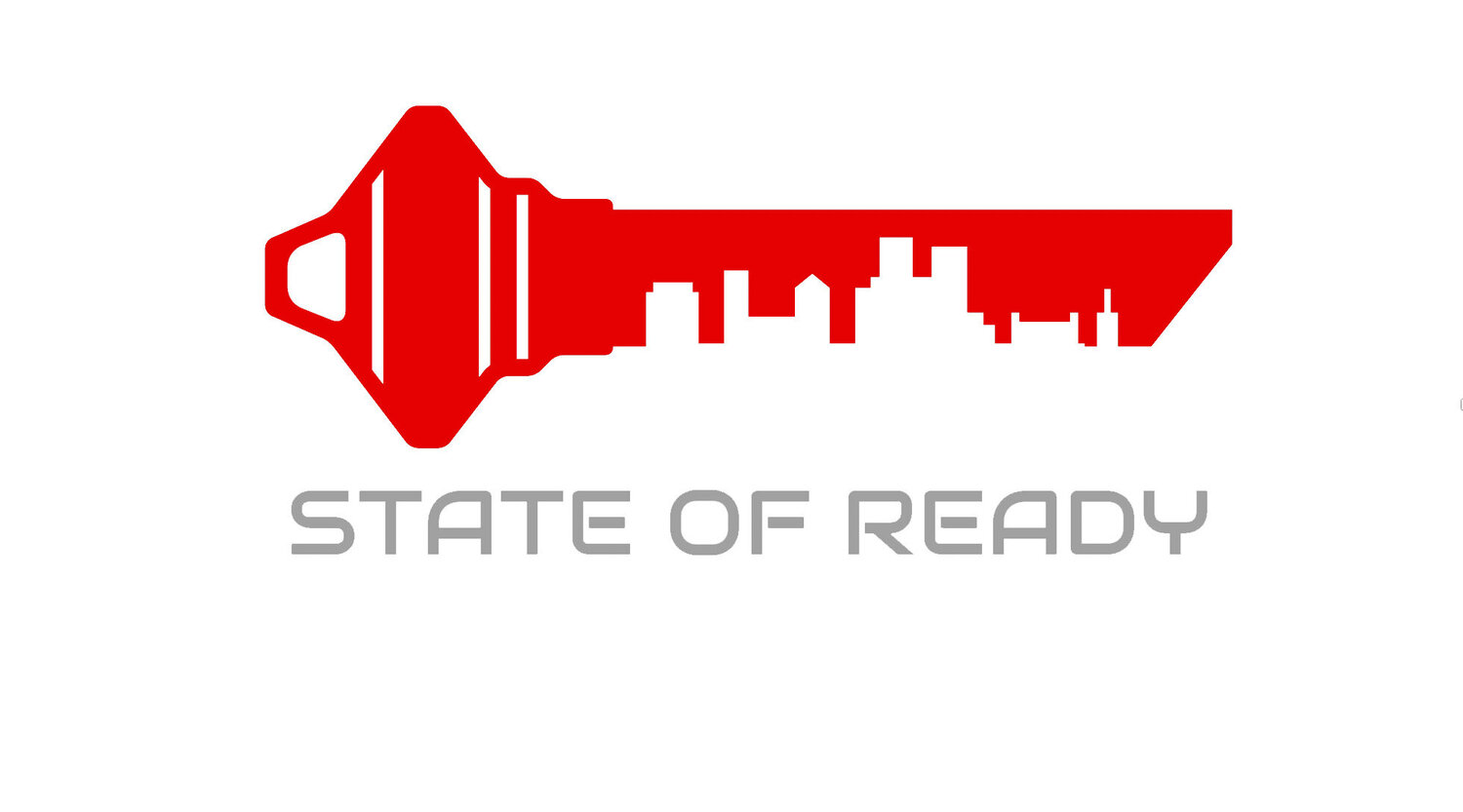Volunteers are the life-blood of Emergency Management. They are the ones that hear the special calling to give back, and enable areas to recover and thrive during critical incidents. Additionally, VOAD’s which are faith-based, community-based and other non-governmental organizations are the members of a community which come together as well in order to ensure a safe, and well prepared group exists in times of crisis to serve the community. Emergency Managers, Public Safety, and Volunteers and VOAD’s need to work together, in order to prepare thrive after a critical incident.
At State of Ready we recognize how important regular communication is with these groups. We encourage you to establish how each group operates, what their goals or objectives might be, and who are the members. Now you may ask, “Where do you get to know these groups? The answer is simple really, throw a big net, train with them, and participate in exercises.
When you look at throwing a big net start off by having stakeholder meetings like we previously spoke about on the podcast (or read the previous entry in the blog). When you pre-plan exercises active these groups and bring them to the table to ask for their input as well. Finally, find out when they meet, and go meet them at their meetings. If they are willing to come to you, shouldn’t you go to them?
We encourage you to look into some of the larger groups like American Red Cross (ARC), Team Rubicon, or your local CERT like Ken Anderson our guest represents in South San Francisco. Once you have reached out to them, evaluate the best way to communicate, whether meetings, electronic mail, or Social Media. We also encourage you to look at calendars that are published on-line like at State of Ready. Additionally, contact your local Emergency Management Association, and your operational area Office of Emergency Services.
The reason to involve these groups is easy to understand. Often, they are already living in your community, which makes them a force multiplier during a critical incident enhancing the services you can provide. This provides more resilience if they are prepared, and thus means a quicker recovery for the community. In Emergency Management, pre-planning often solves a lot of problems that mushroom “it” happens. Also, by involving your volunteers you can have them be role-players in exercises which means more realism in your training (think Active Shooter with 30 people running around instead of 2).
Finally, how to use them is what we have preached since the first episode. State of Ready believes in bringing as many people together as possible in order to get as much information as possible, and to provide planning to make a more resilient community. This means looking at current plans, with residents and business in your community to see what would actually work during a critical events. They can see for themselves what is needed to be prepared and to help build in the redundancy needed during an event. It also would be great to allow them to create and exercise. After they create the exercise then create a drill that allows them to discover the skills they already have, and what they may want to learn. This allows you as an Emergency Manager to start building checklists of who in your community can assist in what job tasks. It also helps you discover what additional training you might need.
We encourage you to think about the lessons learned about VOAD’s and Volunteers
above specifically thinking about:
■ Find out who by casting a wide net
■ Attend training and get online to network more
■ Train together, and play together
■ How to involve by using exercises
■ Preplan on how to contact in case of emergency
■ Constant attention, training, communication creates a great organization
Thanks for joining us this week and look for next week's podcast and blog posting on Partners in Emergency Management. -Ed, Bill, and Ken Anderson
